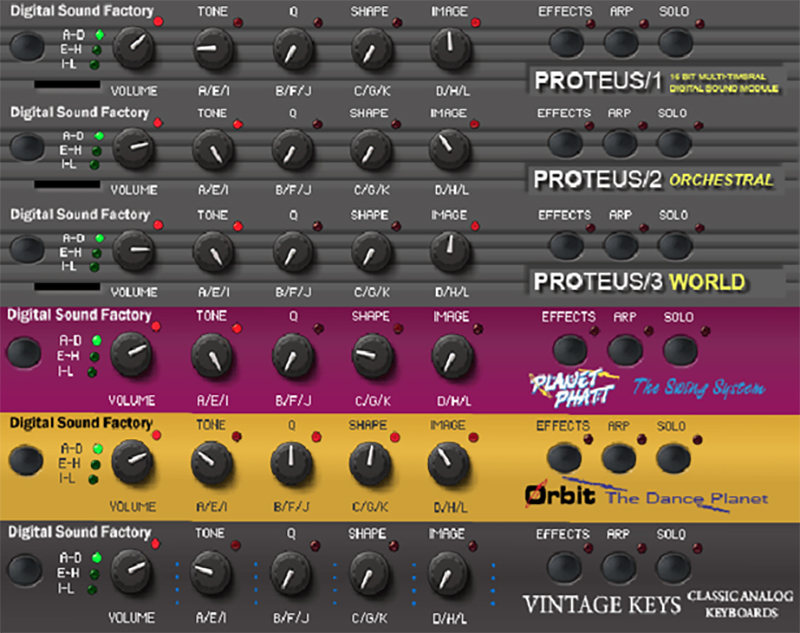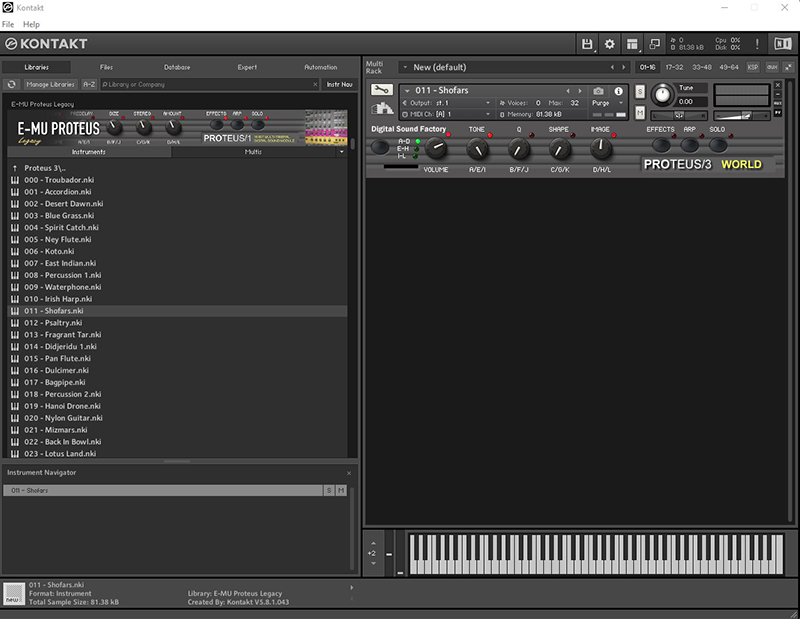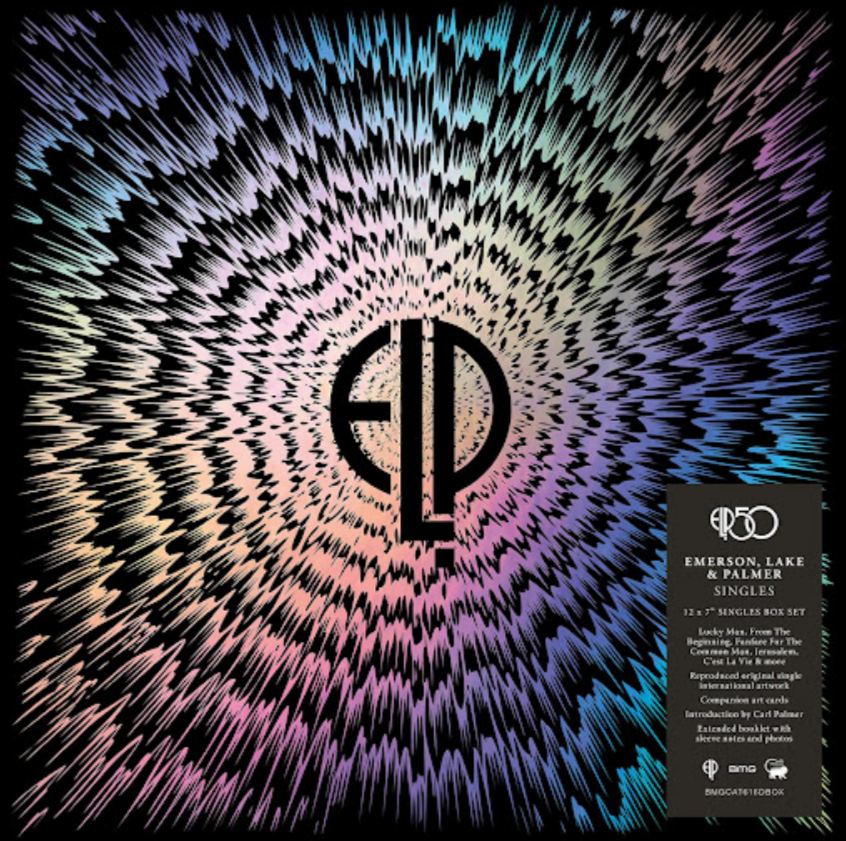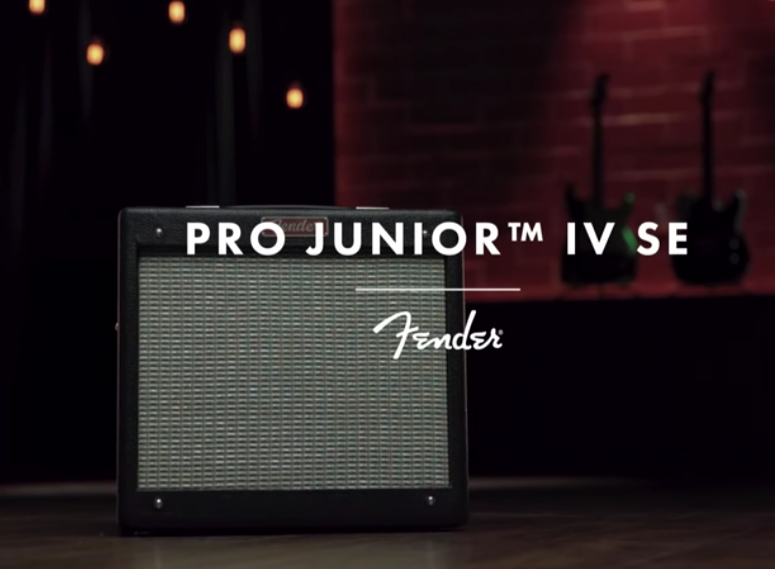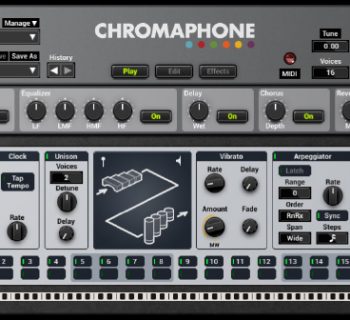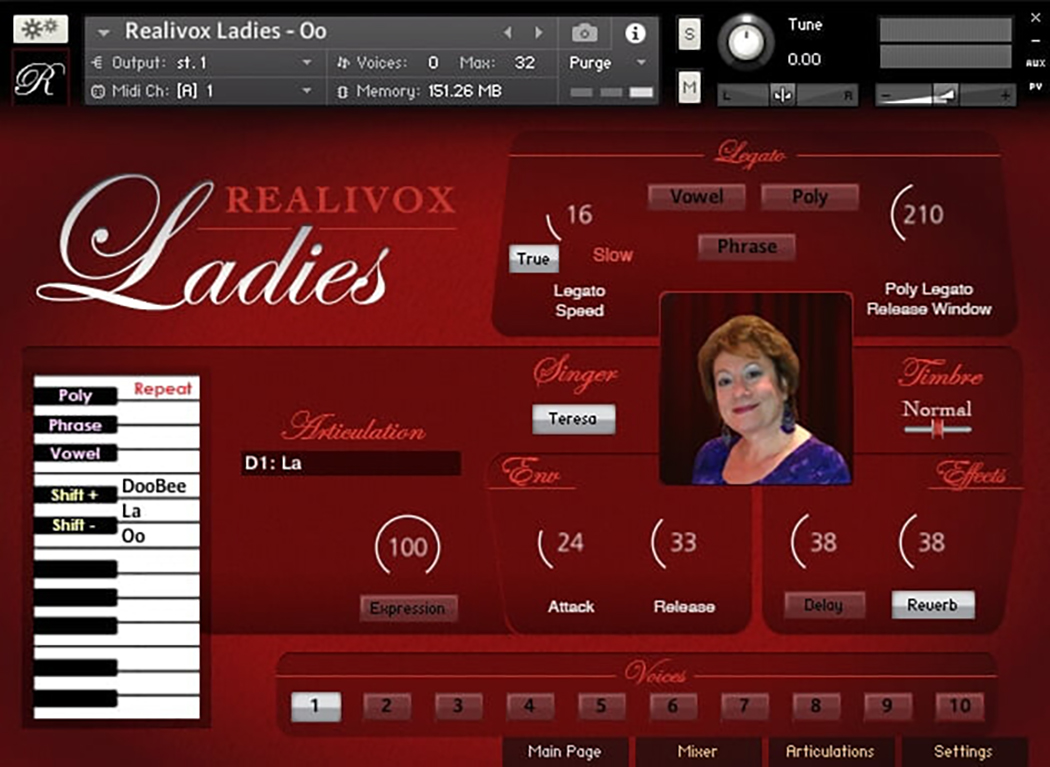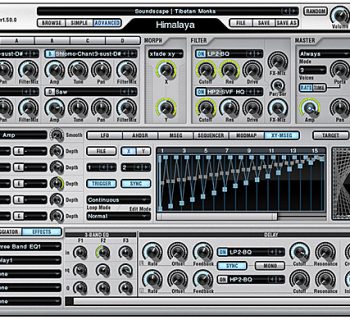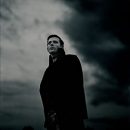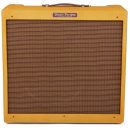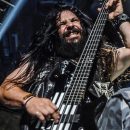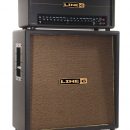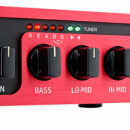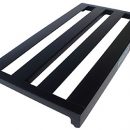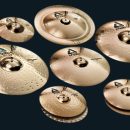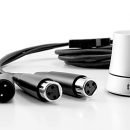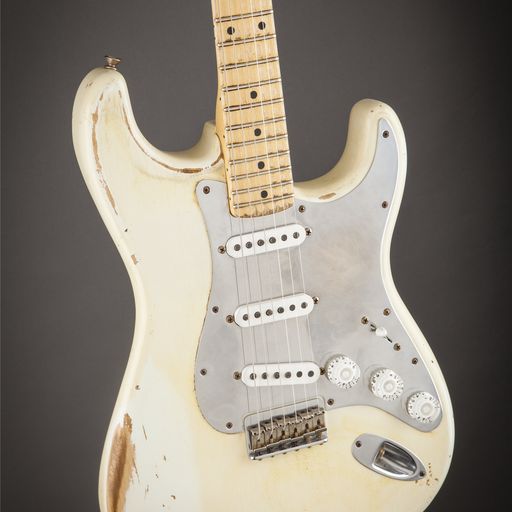In 2020 we reviewed Digital Sound Factory’s wonderful E-MU Proteus Rack, which recreated six E-MU synth modules in a single plug-in (read that review here). As we had some of the original hardware in our studio, we were able to directly compare some of the products and explore the similarities and differences. We found that DSF did a great job overall with their virtual re-creations! To review some synth history, E-MU first came onto the music scene with their Emulator and Emax samplers in the 1980s. These were a big deal at the time as they brought sampling down to a much lower price than the competing Fairlight CMI.
While the DSF E-MU Proteus Rack plug-in focused on E-MU’s later sound modules, the newly-released DSF Proteus Legacy Rack recreates another six of E-MU’s synth modules, but goes back to the first six sound modules released in the late ‘80s and ‘90s. Admittedly, we know their later hardware better because we own it, but we did have some hands-on time with these classics back in the day (when we were too young to afford to buy them for ourselves).
The synth modules included in the E-MU Proteus Legacy plugin are the Proteus 1, Proteus 2, Proteus 3, Planet Phatt, Orbit, and Vintage Keys.
In 1990, the Proteus 2 was released, which was identical to the Proteus 1except that it had 8 MB of sounds instead of 4 MB, and had a focus on orchestral sounds. Interestingly, the Proteus 1 Plus Orchestral was the Proteus 1 and half of the Proteus 2 sounds released after Proteus 2. This sound set was also used for the MPS keyboard.
This marked one of first times that high-quality orchestral sounds were available in a dedicated sound module.
The Proteus 3, released in 1991, was identical to the previous Proteus models except that it featured an ethnic World set of sounds. Like its predecessors, it contained 16-bit samples (4 MB expandable to 8 MB via an upgrade—that sadly was never released) and includes shofars (really!), flutes, Celtic harps, tablas, tamburas, banjos, didgeridoos, and bagpipes.
Vintage Keys, released in 1993, emulated the sounds of classic vintage synths. For an early 1990’s “ROMpler,” this sound module was well regarded for its time. Although digital, it still did a decent job of recreating many desired classic synth sounds in a single rack space. It, of course, was the precursor to the excellent Vintage Keys Pro, the real hardware of which we have in our studio to this day.
The Oribit, released in 1996, was part of E-MU's line of dance modules, aimed at the techno artist. It had 8 MB of samples of vintage analog sounds plus many familiar and typical sounds used in house, hip hop, trance, and techno.
Planet Phatt, released in 1997, was E-MU's synth module aimed at classic hip hop, modern R&B, acid jazz and trip hop. It was the precursor to the later Mo’ Phatt module.
These hardware modules pre-dated all the now-common plug-ins and various software programs that are commonly in use today, so, for their time period, these modules were a great way of adding quality sounds to any rig, as each module only occupied one rack space in a keyboard rig.
Once again, this is where Digital Synth Factory (DSF) comes in. Their new plug-in contains all six of these modules, giving you over 1,500 sounds. It is available for both Mac and PC. The Proteus Legacy Rack is only available in Kontakt format, while the E-MU Proteus Rack collection is available in multiple formats. Fortunately, the Legacy Rack is compatible with the free Kontakt player (for those that don’t own full versions of Kontakt already).
Similar to the previous plug-in (and to some degree, the hardware), the Legacy Rack utilizes a common interface for each module. Four knobs are toggled by a separate button to bring up different knob assignments, grouped in letters A-D, E-H, or I-L, allowing adjustments of the filter, amplitude envelope, or effects respectively; the fifth knob, the volume knob, remains constant regardless of where you toggle to. Three other buttons to the right of the five knobs toggle controls for effects, the arpeggiator, and solo functions. Although it is on the smaller side visually, a nice touch is the inclusion of a graphical representation of the arpeggiated pattern, from 2-32 steps, and the amplitudes can be adjusted by a mouse. We do wish this was a little bigger, though, as it’s quite useful.
Although this plug-in is clearly streamlined for the Native Instruments Kontakt format, and is NKS compatible, we were glad it was easy to assign the software knobs to hardware knobs on our Arturia mk2 Keylab 88 controller.
One thing we mentioned in DSF’s previous review, and still remains the same here, is the method of how the presets are organized. Once you load up the module’s interface, you can see the names of all of the presets, but there’s no ability within the GUI to get a simple pull-down menu of the presets available, nor is there a way to organize presets into categories.
There is great news for NI customers using Komplete and Maschine, as all programs are tagged by categories and subcategories. Unfortunately, though, this useful organization does not apply to Kontakt. So although you have to work your way through lengthy patch lists, you can use the Quick Load function to organize your favorite sounds.
The effects and arpeggios are tempo synced to any incoming bpm from your DAW, and these are adjusted by the rate knob. Unfortunately, you can’t adjust to an exact tempo you dial in. Rather, you can only set to fractions (i.e., ½, ¼, 1/8, etc) of the tempo.
So… how does it sound? We weren’t able to A/B this collection with classic hardware, but we suspect that our conclusions would be same as we found with DSF’s other package: many of the sounds are right on, some are close but noticeably a little different, and a few (but not many) sound quite different.
We suspect the differences, if any, are related the E-MU’s original filters. When we previously asked DSF about the differences in some the sounds, there was some admission that some of the presets “were a struggle to match without z-plane filters.” For those unfamiliar, these z-plane filters arguably were at the core of E-MU’s distinctive sound. Back in 1995, Dana Massie, then the company's DSP Research Manager, explaining where the Z-plane filtering idea had come from:
"Dave Rossum, E-MU’s founder, deserves the credit for that. He decided in about 1989 that he was going to design a digital filter chip—he has a lot of experience designing filters and designed one of the first analogue filters on a chip. His chip went into Sequential's first Prophet 5 synth. When he came to do the digital filter chip, he decided that it should be powerful enough to be able to talk—it should be able to do phonemes and arbitrary formants. That chip came out in 1989 and was used in the Emax II sampler, but there it was only doing simple two-pole resonant filtering. The problem was that it was so powerful, people weren't sure how to control it. It could handle 14th-order filters, which meant there were 28 different parameters to control, and my contribution was to come up with a simple method of using them in a musical way by putting them into what we call the ‘filter cube,’ as used in the Morpheus. The cube is just a way of mapping musical dimensions onto synthesizer dimensions. For example, you can map things like velocity, keyboard position and a controller position onto the three axes of the filter cube.”
So, what does all of this mean in terms of actually sounding like a classic E-MU synth? We think DSF’s Proteus Legacy Rack sounds very good! Most people don’t have the hardware to A/B sound test, but the spirit of the original E-MU hardware is well represented. The presets in the Proteus Rack are different than what is in the Proteus Legacy Rack, although certainly there is some stylistic overlap. To be sure, the original hardware had a bit of digital “brittleness” to the sounds, but that was part of the charm. Given that many famous artists had hits in the ‘90s with some of these sounds, and the popularity/resurgence of vintage/older gear, this is a nice collection to add to your arsenal. This is especially true given that for the price of only $99.95 USD, you are getting six sound modules in one plug-in. The downloadable manual explains each function succinctly, and even provides a complete list of all presets.
Given our own nostalgic attachment to the later modules which we have used and owned for twenty years, we gravitate more towards the E-MU Proteus Rack, but even so, we are glad to now also have the Legacy Rack to include sound modules we wished we had owned back in the day. Check it out!
Contact Information
Digital Sound Factory
www.digitalsoundfactory.com




